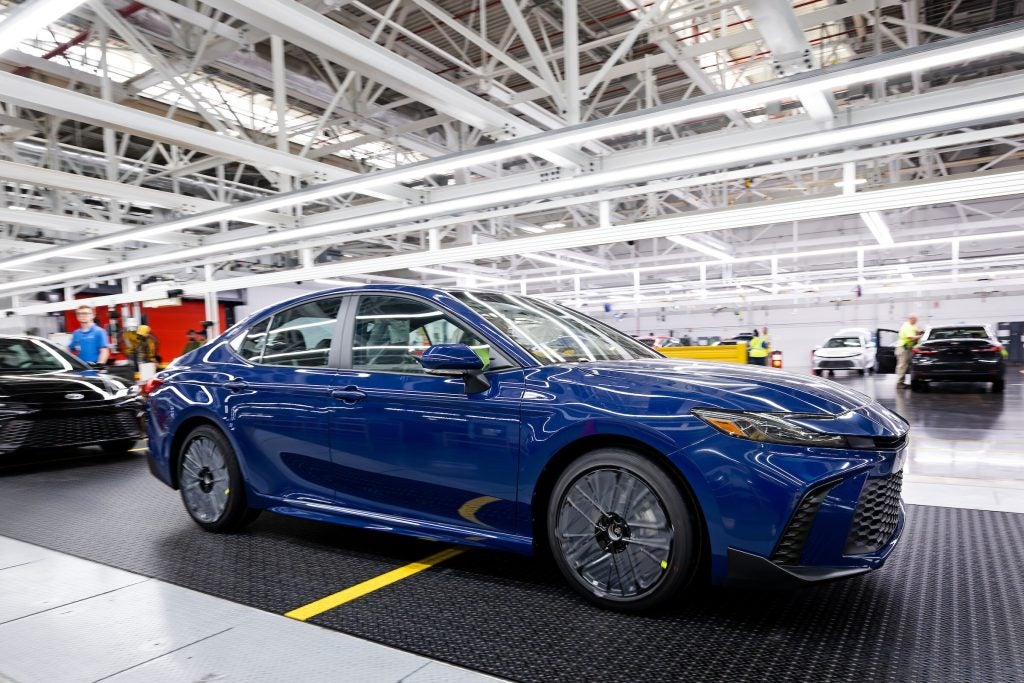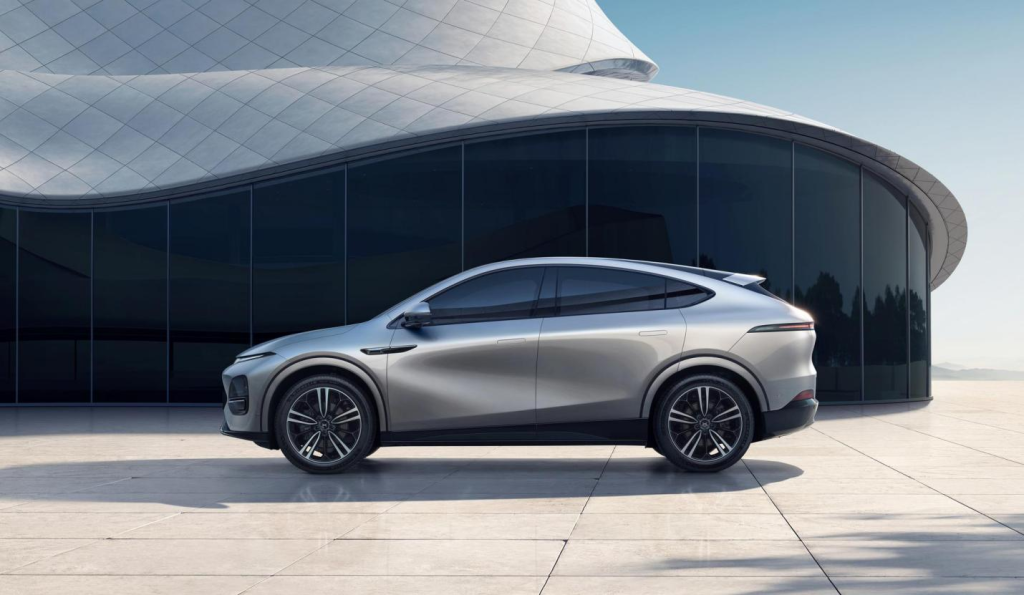This morning in Argentina, President Trump joined the presidents of Mexico and Canada to sign an update to the North American Free Trade Agreement (NAFTA).
With approximately 4m vehicles built in Canada and Mexico sold in the US in the past 12 months, automobiles are a headline issue in the new agreement.
Jonathan Smoke, chief economist, Cox Automotive, said: “Nearly a quarter of all new vehicles sold in the US are assembled in either Mexico or Canada. And given decades of supply chain evolution based on NAFTA, a substantial portion of the vehicles assembled within the US are dependent on components from Mexico and Canada. With tweaks in labour costs and content rules, costs – and therefore prices – will likely go up as this agreement becomes law.
“The remaining wild card here is the Section 232, which not only would apply to the roughly 23% of vehicles imported into the US from outside of North America, it would also serve as the basis for the penalty for any vehicles that fails the new USMCA content rules. That’s one of the two reasons we believe President Trump will continue to pursue 232, with the other reason being a threat to pressure China, Europe, and Japan into better deals.
“The USMCA won’t lead to major shifts in the existing production and supply chain for the industry, and that’s a good thing. But it will prevent substantial movement away from North America and the US in the future because of the added rules and the potential of a higher Section 232 penalty.
Charlie Chesbrough, senior economist, Cox Automotive, said: “This is another important step forward in this process, although formal legislative approval by all three countries is still needed and, of late, nothing is guaranteed. Once finally approved, it will be good news for the automotive industry as longer-term strategic sourcing and manufacturing planning in the region can finally resume. However, with the steel and aluminum tariffs still in place, trade issues are still having a negative effect on automaker profitability.”
How well do you really know your competitors?
Access the most comprehensive Company Profiles on the market, powered by GlobalData. Save hours of research. Gain competitive edge.

Thank you!
Your download email will arrive shortly
Not ready to buy yet? Download a free sample
We are confident about the unique quality of our Company Profiles. However, we want you to make the most beneficial decision for your business, so we offer a free sample that you can download by submitting the below form
By GlobalDataMichelle Krebs, executive analyst, Autotrader, said: “The good news for the auto industry is that forward progress is being made, with a long-term horizon of 16 years. While we won’t fully know until the pact receives legislative approval, the new agreement seems to mostly supports the status quo and won’t force any substantial shift in the established North America manufacturing footprint. Considering announcements made this week by both General Motors and Ford, it’s clear major US automakers are still struggling with production and capacity issues. This new agreement won’t change that fact.”
According to Reuters, US president Donald Trump predicted an easy passage through Congress to approve the deal, despite opposition from some lawmakers.
The three leaders agreed on a deal in principle to govern the more than trillion dollars of mutual trade after a year and a half of acrimonious negotiations concluded with a late-night bargain just an hour before a deadline on 30 September, the news agency noted.
Since then, the three sides have bickered over the wording and the finer points of the deal and still had not agreed just hours before officials were due to sit down and sign it as the G20 summit kicked off in Buenos Aires.
“It’s been long and hard. We’ve taken a lot of barbs and a little abuse and we got there,” Trump said.
Legislators from the three countries still have to approve the pact, officially known as the United States-Mexico-Canada Agreement (USMCA), before it goes into effect and replaces the North American Free Trade Agreement (NAFTA).
Reuters warned the US trade landscape would shift significantly in January when Democrats take control of the U.S. House of Representatives after winning midterm elections in November. House Democratic speaker Nancy Pelosi, has pledged to “closely scrutinise”” the new pact.
However, Trump and US trade representative Lightizer said they were confident the agreement would pass Congress.
“This was negotiated from the beginning to be a bipartisan agreement…. I think we’ll get the support of a lot of Democrats,” he told Reuters.
Canadian prime minister Justin Trudeau’s spokesman only confirmed his attendance late on Thursday. Before signing the deal he continued to refer to as the new NAFTA, Trudeau told Trump the two should continue to work together to eliminate steel and aluminium tariffs.
Mexico’s president Enrique Pena Nieto joined the ceremony on his last day in office.
Trump forced Canada and Mexico to renegotiate the 24-year-old agreement because he said the existing NAFTA pact encouraged US companies to move jobs to low-wage Mexico.
BDI, Germany’s main industry association, told Reuters in a statement the agreement’s rules on preferential origin for the automotive sector would be stricter and more complex, calling it “a retrograde step compared with NAFTA”.





